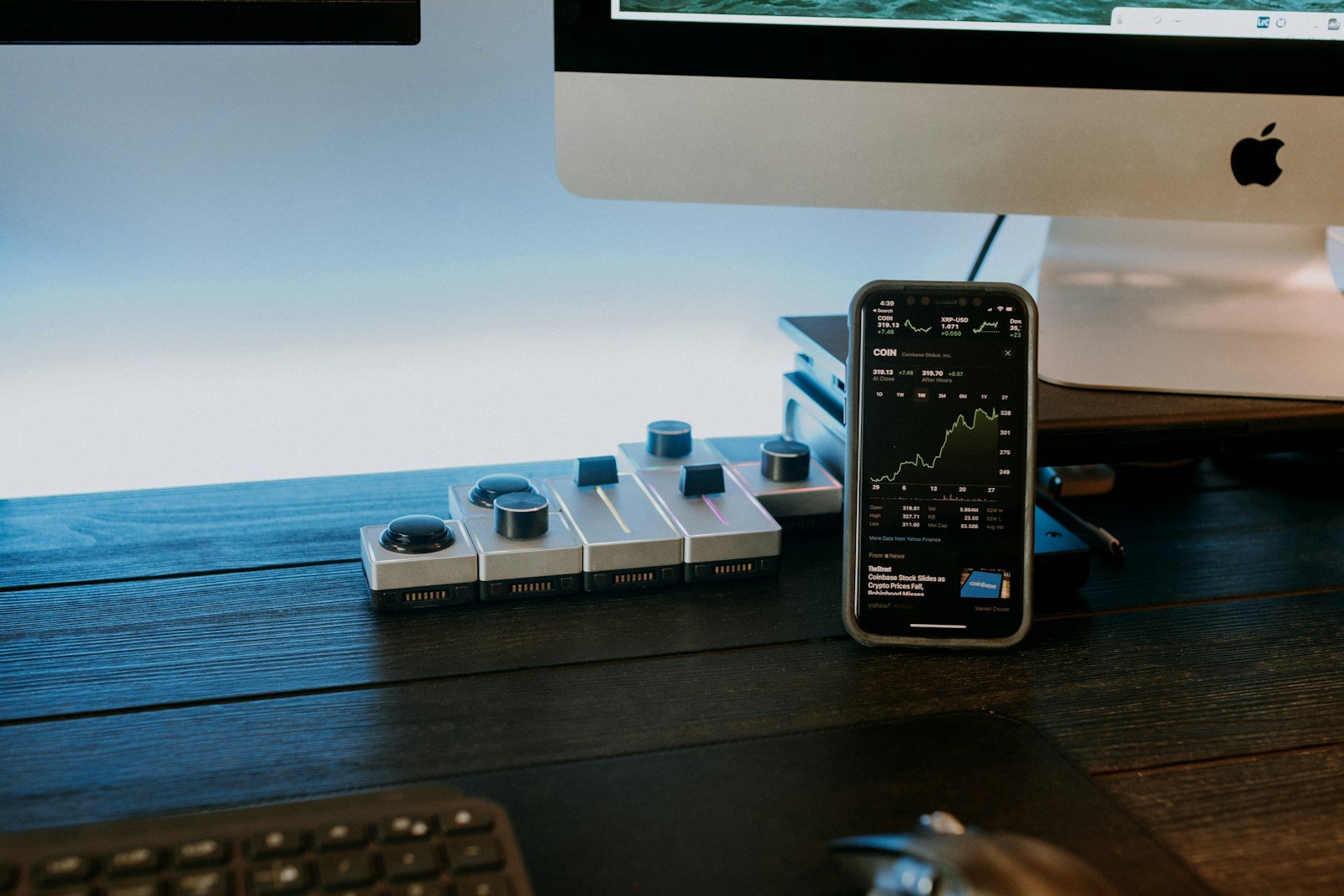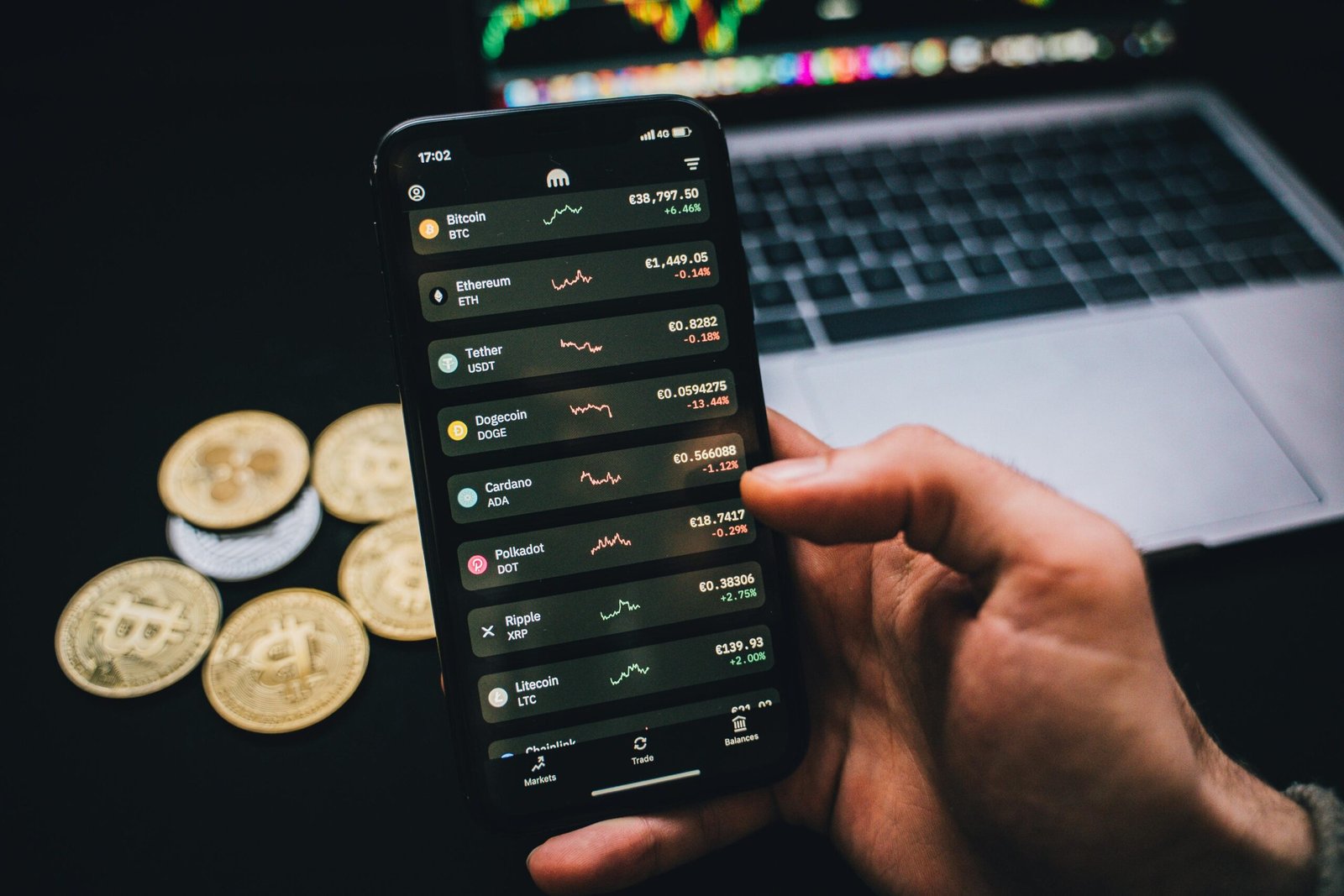If you’re reading this, you’re probably considering diving into the world of cryptocurrency or looking to enhance your investment strategy. Either way, you’re in the right place!
I’ve been navigating the crypto space for a while now, and let me tell you—it’s been quite a ride. From my first Bitcoin purchase back in 2016 to learning firsthand about the importance of diversifying my cryptocurrency portfolio (more on that in a bit), I’ve made plenty of mistakes and learned some hard lessons. But hey, that’s how we grow, right?
In this post, I’m going to take you through everything I’ve learned about cryptocurrency investments, including strategies like diversifying your cryptocurrency portfolio, dollar-cost averaging cryptocurrency, and the all-important task of safely storing your cryptocurrency investments.
I’ll also share personal stories along the way to make it as practical and relatable as possible. So, let’s get started!

Getting Started with Cryptocurrency Investments
My First Experience with Crypto
I still remember my first Bitcoin purchase like it was yesterday. It was back in 2016, and Bitcoin was trading around $700. At the time, I didn’t fully understand what I was buying—I just knew it sounded revolutionary. But as soon as I saw the price jump, I realized I was witnessing something special. By the time Bitcoin reached over $20,000 in late 2017, I was all in.
But here’s the thing: I made a huge mistake. I put all my investment into Bitcoin. Sure, it worked out in the end, but I missed out on opportunities with other cryptocurrencies like Ethereum, Litecoin, and Ripple, which were growing in popularity and value.
That’s when I learned my first big lesson: diversifying your cryptocurrency portfolio is crucial. Don’t put all your eggs in one basket. Diversification helps protect you from market volatility. In the crypto world, things can change fast—what’s hot today might crash tomorrow, and if you’re only invested in one asset, you’re taking on a lot of risk.

Cryptocurrency Investment Guide for Beginners
What is Cryptocurrency?
Cryptocurrency is digital money, but what sets it apart is that it’s decentralized. No banks or governments control it, which is what drew me in initially. Bitcoin was my entry point, but as I got deeper into the space, I discovered Ethereum, which introduced me to smart contracts—something I didn’t even know I needed until I saw how it could revolutionize finance, gaming, and even supply chains.
When I started, I had no idea just how big crypto could get. I thought Bitcoin was the end-all-be-all, but as I researched more, I realized that the entire blockchain ecosystem was a lot bigger than I first imagined. This brings me to another critical point for cryptocurrency investment guide for beginners: Do your research. Don’t just dive in blindly. Understand what you’re investing in, and know that crypto is more than just Bitcoin.

Why Invest in Cryptocurrency?
Crypto offers something traditional investments can’t: a chance for massive returns. I mean, think about it: Bitcoin’s price soared from $700 when I bought it to $60,000 at its peak.
No stock or real estate investment can match that kind of growth. But the high returns come with high volatility, so it’s essential to have a clear strategy.
That’s where diversifying your cryptocurrency portfolio comes into play.
When you invest in crypto, you’re not just gaining exposure to an asset class—you’re gaining exposure to some of the most innovative technologies in finance, healthcare, and more. And by adding cryptocurrency to your portfolio, you can diversify away from stocks and bonds, potentially reducing your overall risk.

Diversifying Your Cryptocurrency Portfolio
Why I Learned This the Hard Way
I’ll be honest—when I first got into crypto, I was all about Bitcoin. I figured if it worked for others, it would work for me. But when the market dipped, I quickly realized I was overly reliant on one coin.
That was my wake-up call. In 2017, I decided to broaden my portfolio and add Ethereum, Litecoin, and even some smaller coins like Chainlink.
That decision paid off big time because, during market dips, not all coins move in sync, which helped cushion the blow.
How to Diversify Like a Pro
Here’s how I split up my portfolio today:
- 50% in Bitcoin and Ethereum: These are my “blue-chip” cryptos. They are the most established and tend to be less volatile compared to smaller coins.
- 30% in mid-cap altcoins like Solana and Avalanche: These are a little riskier but also have more room for growth. They’re my growth-focused investments.
- 10% in small-cap coins: These are high-risk, high-reward coins. I only invest in them with money I’m comfortable losing.
- 10% in stablecoins like USDC: These serve as a safety net. When the market gets too crazy, I can always swap to a stablecoin to protect my value.
Diversification isn’t just about spreading your money around, though—it’s about balance. You want to allocate your funds in a way that matches your risk tolerance and investment goals.

Using Dollar-Cost Averaging (DCA) in Cryptocurrency
How DCA Helped Me Stay Sane
If there’s one thing I’ve learned in my time with crypto, it’s that the market is incredibly volatile. I’ve seen Bitcoin swing $10,000 in a single day! In the beginning, I made the classic mistake of trying to time the market, hoping to buy low and sell high. Spoiler alert: it didn’t work out. After a few bad trades, I discovered the power of dollar-cost averaging cryptocurrency (DCA).
DCA is simple: you invest a fixed amount of money at regular intervals, no matter what the market is doing. For example, I committed to investing $200 into Bitcoin every month. Some months, the price of Bitcoin was lower, so I bought more coins. Other months, the price was higher, so I bought fewer. Over time, I averaged out my purchase price, and I wasn’t as stressed about short-term fluctuations.
How to Set It Up
Most crypto exchanges like Coinbase and Binance let you automate DCA. You can choose how much you want to invest—whether it’s $50 a week or $1,000 a month—and the platform will automatically make the purchase for you. The key here is consistency. If you stick to your plan, you’ll be in a good position over time.

Safely Storing Your Cryptocurrency Investments
The Time I Almost Lost It All
When I first started, I didn’t know the risks of leaving my crypto on an exchange. One morning, I woke up to the news that a major exchange had been hacked, and a lot of users lost their funds.
Thankfully, I wasn’t affected, but that incident made me rethink my storage strategy. I realized the importance of safely storing cryptocurrency investments, especially for long-term holders like myself.
Hot Wallets vs. Cold Wallets
- Hot Wallets: These are online wallets, and they’re great if you’re actively trading or need quick access to your crypto. I use MetaMask for some of my tokens.
- Cold Wallets: For long-term storage, I highly recommend cold wallets like the Ledger Nano X. These are offline, making them much safer from hacking attempts. I keep mine locked in a safe place, away from any potential threats.
Security Best Practices
- Enable Two-Factor Authentication (2FA) on all your accounts.
- Always back up your wallet’s seed phrases and store them in a fireproof safe.
- Stay updated on wallet software to make sure you’re always using the latest security features.
Mistakes to Avoid in Cryptocurrency Investments
- FOMO (Fear of Missing Out): I once jumped on a popular altcoin because it was trending, and the price crashed by 90% shortly after. Lesson learned: do your own research before buying any crypto.
- Over-Leveraging: Margin trading is tempting, but unless you’re a pro, it’s easy to lose a lot of money.
- Ignoring Taxes: Don’t forget that crypto gains are taxable in most countries. Keep track of your transactions and consult a tax professional to avoid surprises.

Final Thoughts
Crypto is definitely a wild ride, but with the right strategy, it can be one of the most rewarding investments you’ll make. The key is to stay patient, educate yourself, and never invest more than you’re willing to lose.
If there’s one piece of advice I’d like to leave you with, it’s this: focus on the long-term potential of cryptocurrency. Don’t get caught up in short-term price movements—crypto is more than just an investment. It’s part of a technological revolution. So, start small, diversify, and most importantly—enjoy the journey!
What’s your experience with crypto? Drop a comment below, and let’s chat!
